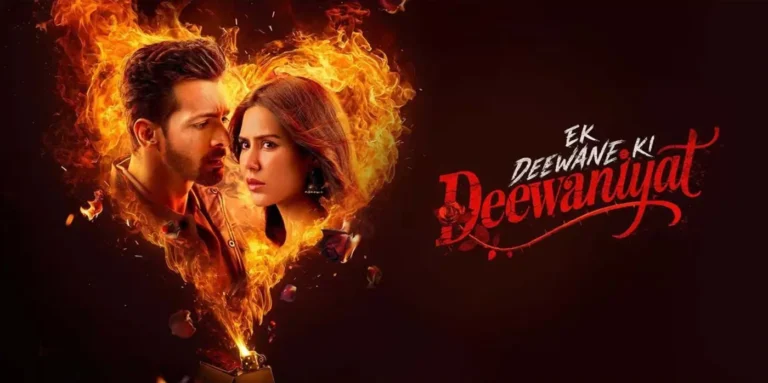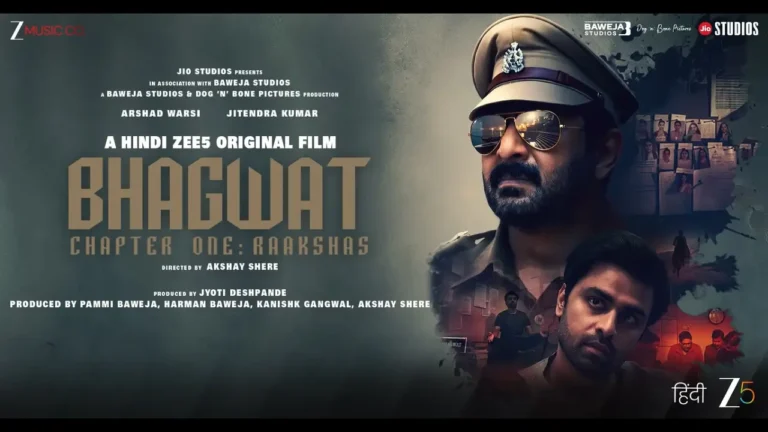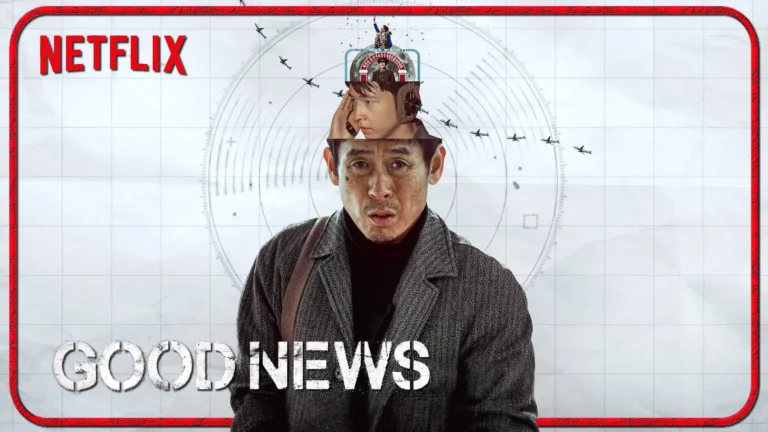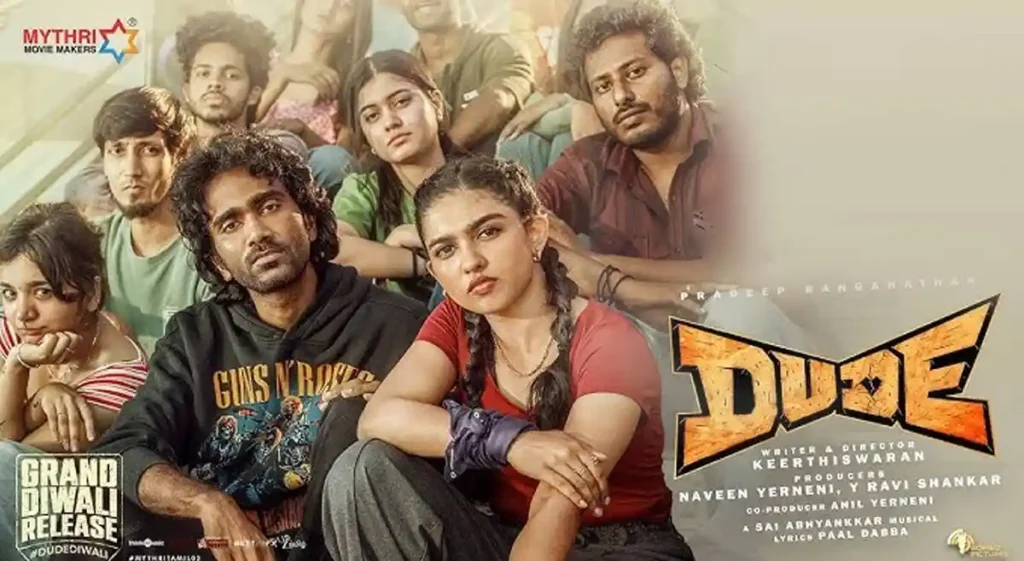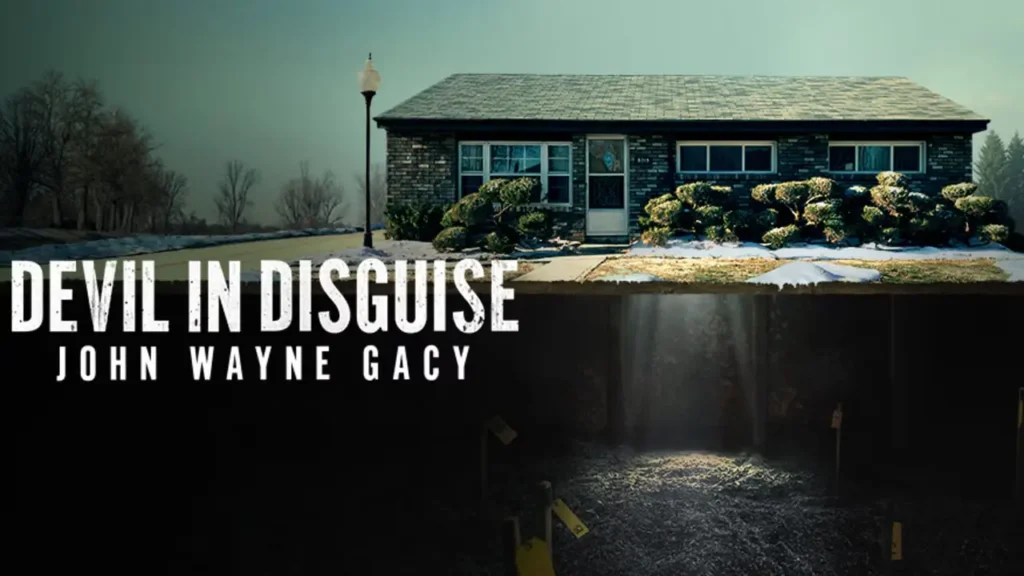Thamma Ending Explained: When it comes to world-building, Thamma doesn’t just dip its toes; it dives headfirst. From introducing vampires, or rather, Betals, into its universe to connecting them with other characters and histories, the film lays a meticulous foundation for everything that comes next. But what makes this so fascinating isn’t just the story; it’s how the universe itself is structured and how the rules of this supernatural world evolve.
Table of Contents
ToggleThe Betals: Not Your Traditional Vampires
The movie introduces creatures that look like vampires but are technically something else entirely. These are called Betals, created by Kali Maa to defeat the monstrous Raktbeej. Every drop of Raktbeej’s blood spawned new monsters, and Betals were humanity’s countermeasure, blood-drinking beings designed to neutralize the threat. Up until 1947, they fed on humans, specifically the violent or corrupt ones, essentially symbolizing the toxicity of human nature. Post-1947, they confined themselves to forests, feeding only on animals and strictly adhering to their own code.
Unlike traditional vampires, Betals are immune to sunlight, although new Betals initially experience slight irritation when exposed. Another unique twist: they cannot lie. A lie triggers their fangs to appear, revealing their supernatural identity.
At the top of their hierarchy is Thamma, played by Nawazuddin, whose real name is Yakshasan. Thamma is the oldest Betal, having turned many humans into Betals. But here’s the twist: the Thamma title actually belongs to whoever has a heartbeat. Since turning a human into a Betal involves reviving them after death, no Betal originally had a heartbeat. This clever twist adds layers to the lore and explains why Ayushmann’s character, Alok, becomes so central to the story.
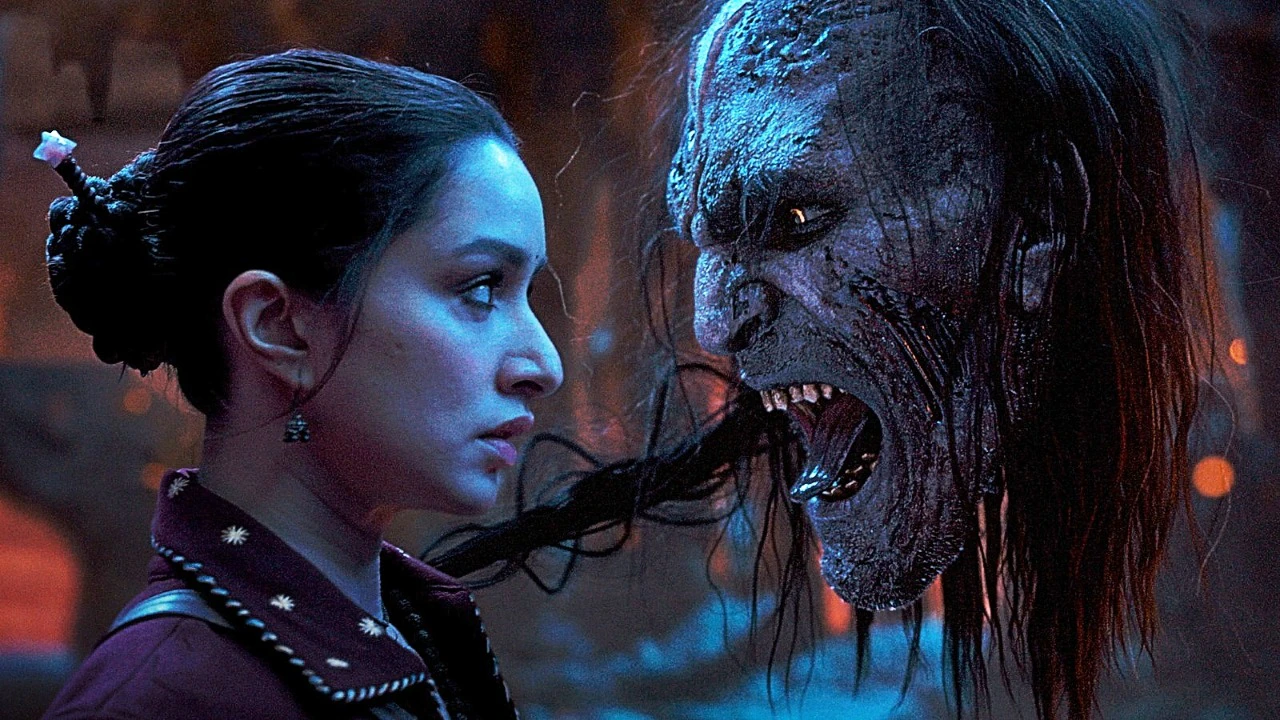
Redefining Vampire Tropes
The film clearly distances itself from classic vampire lore: Betals can withstand sunlight, the garlic weakness is toned down, and killing them requires precision rather than brute force. Traditional vampire weaknesses, like staking through the heart, still exist, but the movie reshapes them in a way that feels modern and original. Even the leadership structure, while hinted at, leaves room for exploration in sequels.
The Alok Transformation
Alok’s journey from human to Thamma is the heart of the movie. His transformation isn’t just physical, it’s symbolic. After a dramatic sequence triggered by Rasmika’s scream, Alok gains the Betal heartbeat, literally becoming Thamma. The depiction of blood circulation and visible veins makes his transformation tangible and visually arresting. This scene also hints at a key supernatural principle: drinking another Betal’s blood can significantly boost power, a concept that ties into future sequels.
Yakshasan: The Underutilized Power
Yakshasan is powerful, yes, but the film barely scratches the surface of his potential. His backstory as a creator of Betals and leader of an army is fascinating, and we see the foreshadowing of how future conflicts might unfold. His capture, Alok’s rise, and the eventual showdown all lay the groundwork for future sequels like Bhediya 2.
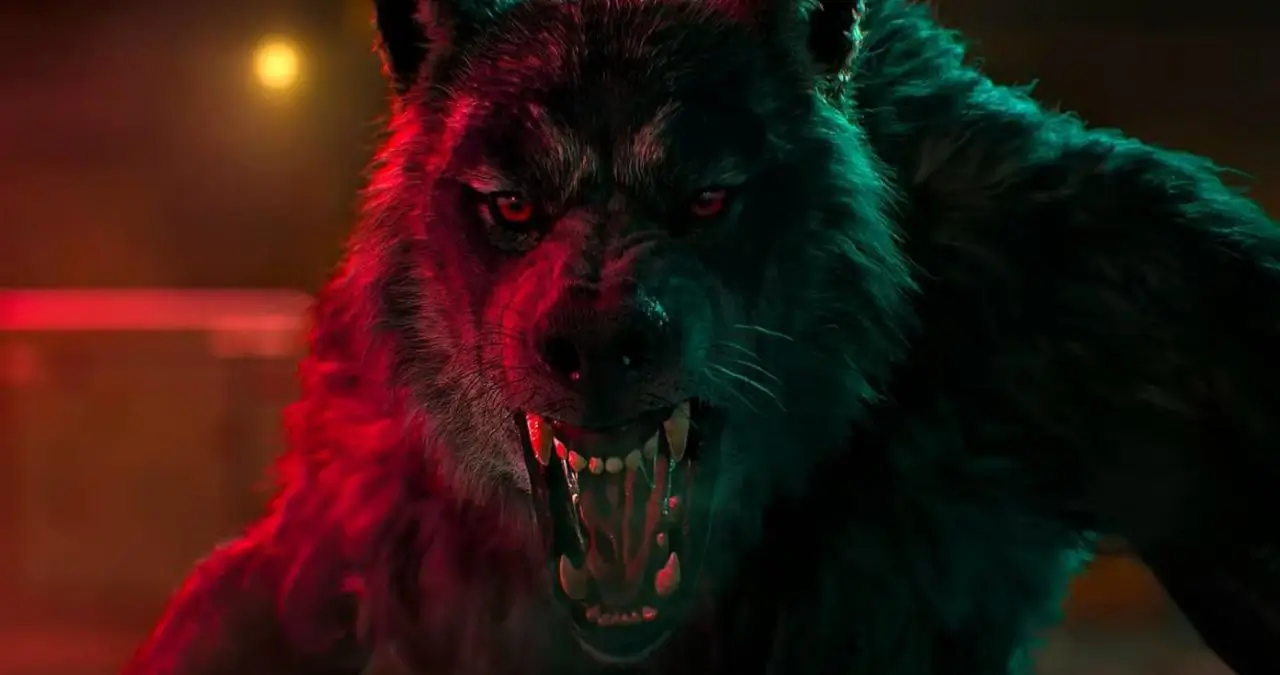
Werewolves Enter the Fray
The film’s integration of werewolves into the Betal universe is subtle but important. Bhasky’s transformation into a werewolf after drinking Alok’s blood sets up a dynamic where vampires and werewolves are no longer separate entities; they depend on and compete with each other. This infinite power loop opens up exciting narrative possibilities: Alok gains from the werewolf blood, the werewolf becomes more powerful by feeding, and the power hierarchy constantly evolves.
Also Read: Thamma Review: Bhediya Returns with a Bloody Twist, Cringe Humor, and a Wild Mid-Credit Scene
Setting Up the Future Universe
Thamma doesn’t just tell a story; it lays out a roadmap for sequels:
- Bhediya 2 (2027) will explore werewolf hierarchies and rivalries.
- Shaktishalini (next year) ties into divine powers, linking back to Shiv-Parvati lore.
- Stree 3 will continue the Betal saga, integrating villains and armies for larger conflicts.
The meticulous planning ensures every character, every power, and every subplot feeds into a larger cinematic universe. Small details, like Yakshasan’s portrait in the underground vampire club, hint at loyalty and hierarchy, while references to previous films and characters strengthen continuity.
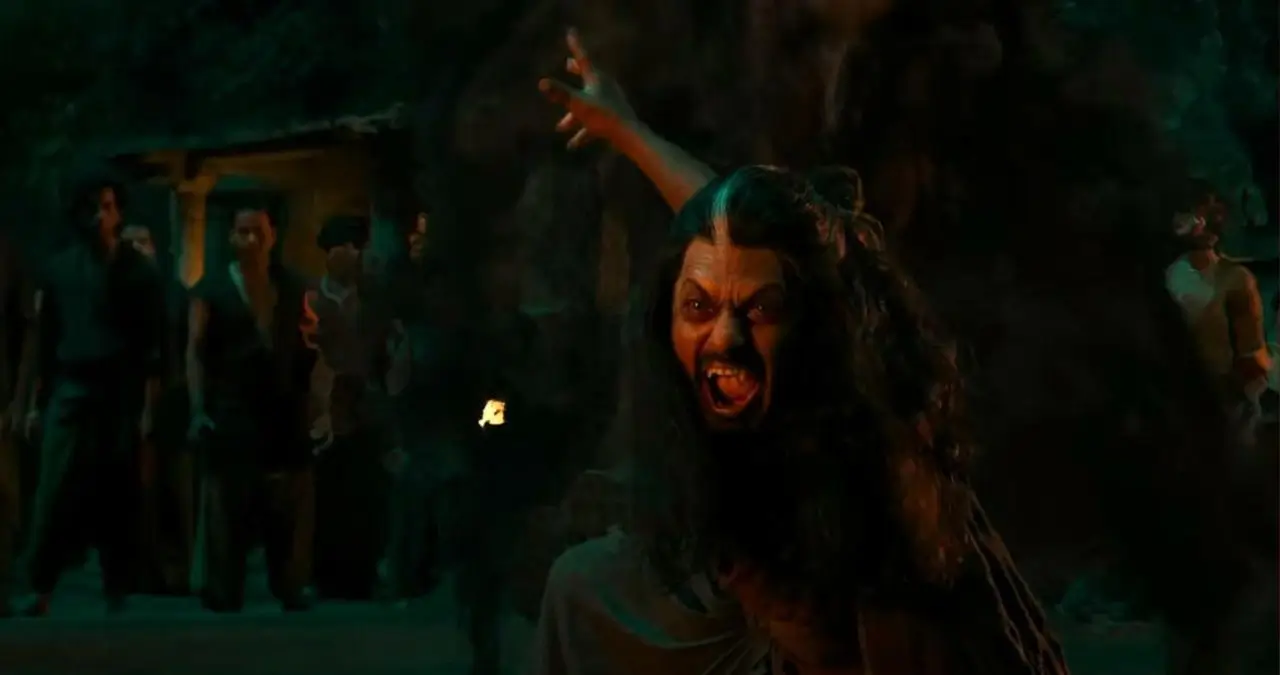
The Verdict
Thamma is more than just a supernatural thriller; it’s a masterclass in world-building. It blends mythology, modern storytelling, and clever lore updates that make traditional tropes feel fresh. The interplay between Betals and werewolves, the layered hierarchy, and the teased sequels make this universe feel alive and ever-expanding.
For fans of Indian supernatural cinema and anyone interested in intricately designed mythological worlds, Thamma is a must-watch. It’s a movie that doesn’t just entertain; it lays the groundwork for a cinematic universe that promises to evolve in exciting, unpredictable ways.



